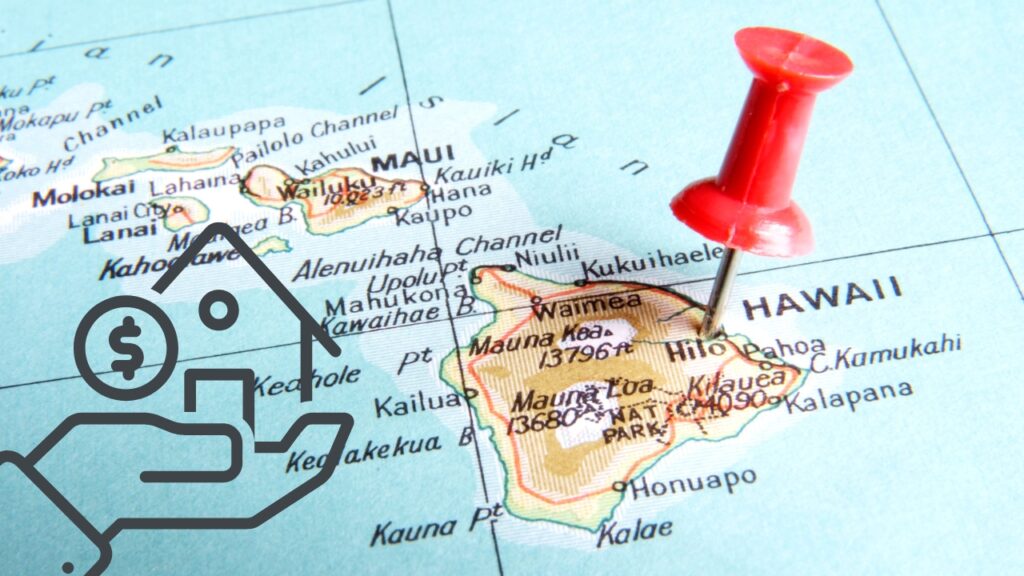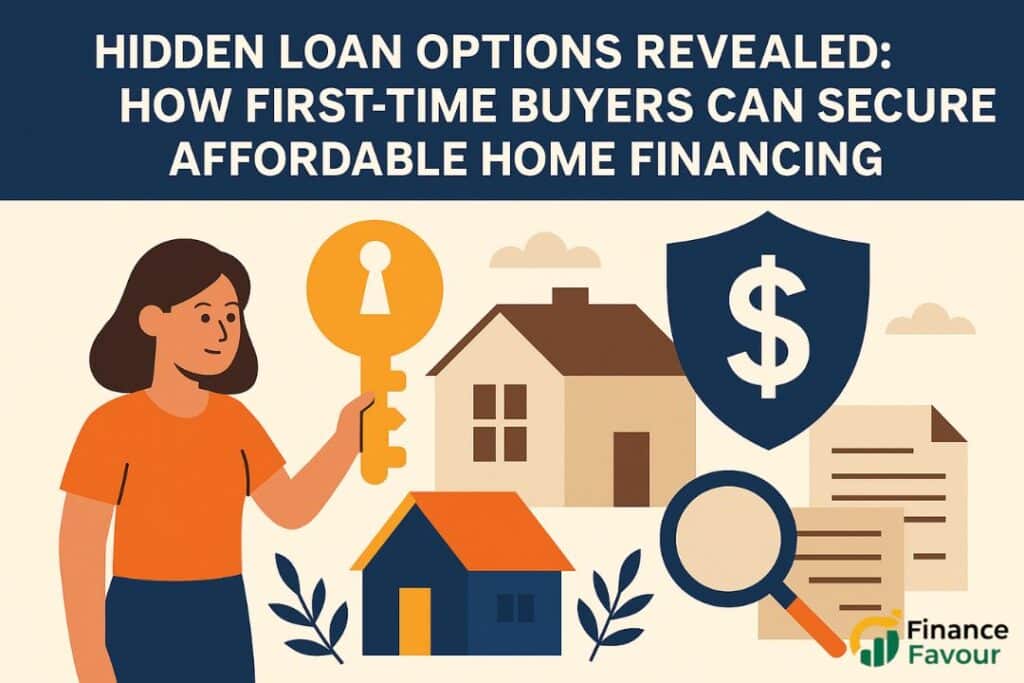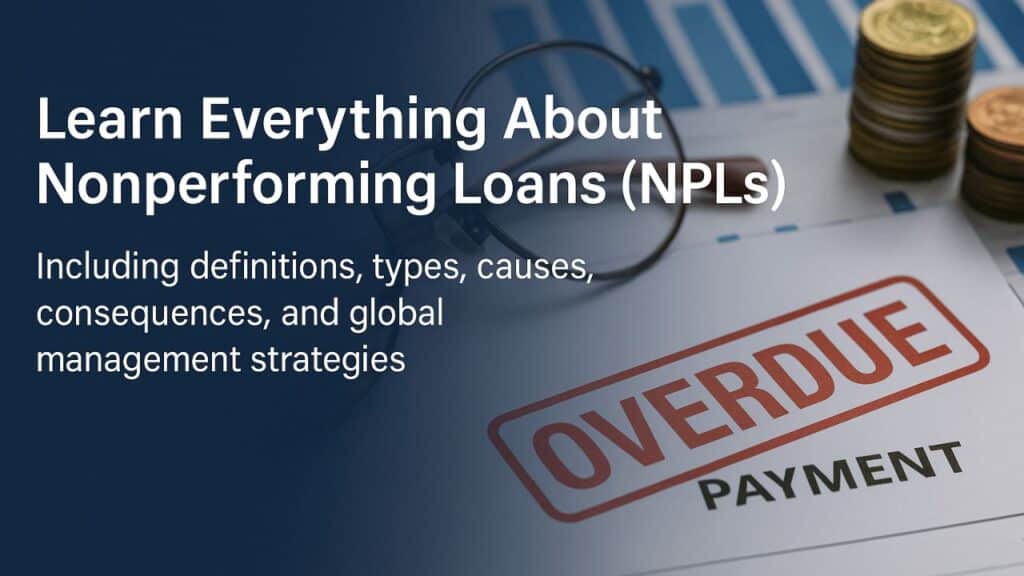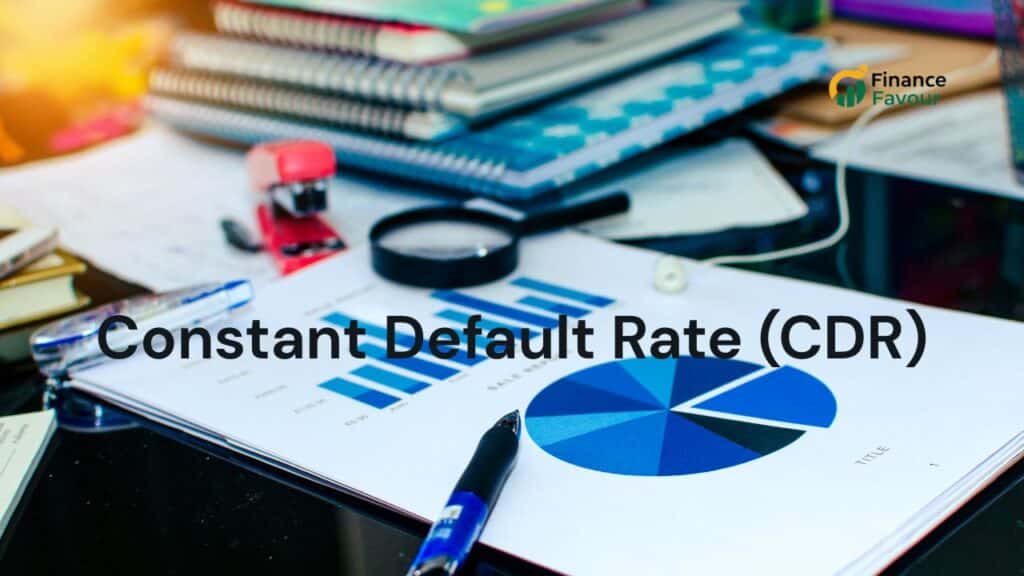Hawaii—paradise on Earth, with sunsets that steal your breath and real estate prices that can do the same. Whether you’re dreaming of owning a vacation rental in Maui or adding a high-cash-flow duplex on Oahu to your portfolio, you’re going to need financing that works with Hawaii’s unique market dynamics. And for many investors, that means turning to a DSCR loan.
A DSCR (Debt Service Coverage Ratio) loan is a specialized type of financing that prioritizes property income over personal income. That means no W2s, no tax returns—just a simple evaluation of how much cash flow the property generates compared to the mortgage payment. If you’re looking to break into or scale within Hawaii’s real estate market, understanding DSCR loans might be your best move yet.
What is a DSCR Loan?
DSCR Loan Definition and Mechanics
A DSCR loan is designed for real estate investors. It evaluates the property’s ability to “cover” its debt based on its income. Here’s the formula you’ll want to remember:
DSCR = Net Operating Income (NOI) / Debt Service (Monthly Loan Payments)
Let’s say a property in Oahu nets $8,000 a month and the mortgage payment is $6,000. The DSCR is 1.33, meaning the income covers the debt with room to spare—a green light for most lenders.
Key Differences from Traditional Loans
With traditional loans, your approval hinges on personal income, employment, W2s, tax returns, and debt-to-income ratios. DSCR loans throw that playbook out the window. If the property cash flows and meets the DSCR threshold (usually 1.25 or higher), you’re likely approved—regardless of how much you personally earn.
Other perks include:
- No income verification
- Faster approvals (often under 30 days)
- Portfolio-friendly (no cap on number of properties owned)
This is especially appealing for investors in Hawaii, where high property prices often make traditional financing tough to navigate.
Why DSCR Loans Are Popular in Hawaii
Real Estate Investment Challenges in Hawaii
Hawaii’s real estate market is unlike any other in the U.S. The demand is always high, inventory is always low, and prices are sky-high. This presents a major challenge for investors:
- Cash buyers dominate, pushing out mortgaged buyers
- High purchase prices = high loan amounts
- Stricter bank underwriting rules due to Hawaii’s unique zoning and environmental risks
For many investors—especially those based on the mainland—traditional loans are difficult, if not impossible, to secure. That’s where DSCR loans step in.
DSCR as a Solution for Local and Out-of-State Investors
A DSCR loan bypasses all the usual hurdles:
- No need to prove personal income
- No employment verification
- No cap on how many mortgages you already hold
It also opens the door to out-of-state investors looking to tap into Hawaii’s booming short-term rental market. As long as the property cash flows and meets the lender’s criteria, you’re in the game.
How DSCR Loans Work in Hawaii
DSCR Formula and Minimum Requirements
Hawaii lenders typically look for a minimum DSCR of 1.25. That means your property must earn 25% more than its total monthly debt obligation. In practice:
- Gross rent – operating expenses = NOI
- NOI ÷ monthly loan payment = DSCR
If the property doesn’t meet this threshold, you might need to increase the down payment or buy at a lower price point.
In high-demand areas like Honolulu or Lahaina, where short-term rental rates can be lucrative, many properties easily exceed this ratio—especially if they’re fully furnished and managed professionally.
Loan Terms Typically Offered in the Hawaiian Market
Most DSCR loans in Hawaii come with:
- 30-year amortization
- Fixed or interest-only options
- Rates from 8% to 10.5%, depending on credit and DSCR
- Loan-to-Value (LTV) of up to 75–80% (sometimes 85% with strong financials)
Some niche lenders even offer 90% LTV, but you’ll need excellent credit, a DSCR of 1.3+ and a strong property to qualify.
Check this post Everything You Need to Know About 90 LTV DSCR Loans
Benefits of Using a DSCR Loan in Hawaii
Easier Qualification Process
Let’s face it—qualifying for a traditional mortgage in Hawaii can feel like trying to surf during a tsunami. Lenders want proof of income, pristine credit, multiple years of tax returns, and massive reserves. DSCR loans simplify everything.
You qualify based on the property’s cash flow—not your tax bracket or job title. This is perfect for:
- Retirees
- Self-employed individuals
- Foreign investors
- Entrepreneurs with non-W2 income
As long as the numbers work, you work.
Great for High-Cash-Flow Properties
Hawaii is one of the best markets in the country for short-term rentals (STRs). With DSCR loans, these properties shine. If you’ve got a condo in Waikiki renting for $300 a night, and it’s booked 80% of the time, you’re raking in serious income. That makes qualifying easier—and buying more properties possible.
Lenders often use trailing 12-month Airbnb/VRBO income to qualify short-term rentals, which can significantly boost your DSCR calculation compared to traditional long-term lease income.
Property Types Eligible for DSCR Loans in Hawaii
Short-Term Vacation Rentals
In Hawaii, short-term vacation rentals are a goldmine—especially on islands like Maui, Oahu, and Kauai. These properties often command premium nightly rates and maintain strong occupancy, especially near beaches, resort zones, and tourist attractions.
Lenders will typically allow DSCR loans on short-term rentals if you can show proof of historical income. This includes:
- Airbnb or VRBO income statements
- Bank statements showing rental deposits
- Property management income reports
Some lenders even let you use projected market income, though this often requires a third-party rental analysis. Just be mindful of county-level restrictions—some areas in Hawaii have banned or limited new STRs, so zoning compliance is critical.
Long-Term Residential Units
Traditional long-term rentals also qualify for DSCR loans and are often more predictable and stable. Think:
- Duplexes, triplexes, fourplexes
- Condos with long-term leases
- Single-family homes leased year-round
These properties generally meet lender requirements more easily, as rents are fixed and easier to verify. They may not command the high nightly rates of STRs, but they offer consistent income with less management.
Mixed-Use and Commercial Buildings
For more seasoned investors, DSCR loans can also be used on mixed-use buildings or light commercial properties. These might include:
- Retail on the ground floor with apartments above
- Office spaces with residential units
- Warehouse/residential combinations
In these cases, DSCR is based on total income from all rentable areas. However, lenders may require higher down payments or DSCR thresholds, and underwriting may be more complex due to zoning or business-related risks.
Minimum Requirements for DSCR Loans in Hawaii
Credit Score and LTV Expectations
To qualify for a DSCR loan in Hawaii, you’ll need:
- Minimum credit score: Typically 660+, but some lenders require 700+ for high-LTV loans.
- Loan-to-Value (LTV): Most lenders max out at 75–80%, though some niche lenders may go up to 85–90% with exceptional borrower profiles and DSCR ratios.
- Reserves: Many lenders require 6–12 months of reserves, especially for STRs or commercial use properties.
If you’re aiming for a 90% LTV, you’ll need excellent credit, low-risk property, and a DSCR above 1.3.
Property Income and DSCR Ratio Thresholds
As mentioned earlier, the minimum DSCR most lenders accept is 1.25. Anything lower signals that the property’s income is too close to the debt payments, which increases risk.
Some lenders may accept a DSCR as low as 1.0 (break-even) in high-appreciation markets like Honolulu or Kihei, but expect:
- Higher rates
- Lower LTV
- Tighter terms
Pro tip: Always aim for a DSCR of 1.3 or higher—it improves your odds of approval, better terms, and room for error if rents drop or expenses increase.
Unique Considerations When Applying in Hawaii
Local Zoning and Vacation Rental Regulations
Hawaii has strict and evolving rules about vacation rentals, and they vary by island and even county. For example:
- Honolulu (Oahu) has banned new vacation rentals outside designated resort areas.
- Maui and Kauai require permits for any STRs under 180 days.
- Big Island has mixed regulations, often depending on location and zoning.
If you’re buying a short-term rental, check:
- Is the zoning approved for STR use?
- Is there a non-conforming use certificate?
- Can the permit be transferred?
Failing to comply with local laws could jeopardize your loan—or worse, make your investment illegal.
Island-Specific Property Values and Insurance Costs
Each island in Hawaii has unique price dynamics. For example:
- Oahu is the most urbanized, with steady long-term rental demand.
- Maui and Kauai are tourism-focused, ideal for STRs.
- Big Island offers lower entry costs but more regulatory challenges.
Also, insurance can be very expensive, especially near the coast or in lava zones. Be sure to include this in your expense estimates when calculating DSCR—it could make or break the deal.
How to Find DSCR Lenders in Hawaii
Local vs. Mainland Lenders
You have two options:
- Local Lenders – They know the market, understand zoning, and often offer faster closings.
- Mainland DSCR Lenders – Larger loan products, possibly lower rates, but may lack knowledge of Hawaii-specific rules.
The best route is often a mortgage broker who specializes in investor loans and works with both local and national lenders. They can match you with a lender who understands your goals and Hawaii’s unique real estate environment.
What to Ask Before Committing
Before you sign on, ask:
- What’s the minimum DSCR you accept?
- Do you allow short-term rentals?
- Are non-warrantable condos or leasehold properties eligible?
- How do you calculate DSCR (actual rents or market rents)?
- What are the prepayment penalties?
A good lender will walk you through each step, explain the underwriting process, and help you structure a deal that gets approved.
DSCR Loan Limits and Terms in Hawaii
Typical Loan Sizes and Structures
Given Hawaii’s premium property values, loan amounts tend to be larger than the mainland average. Most DSCR lenders in Hawaii offer:
- Minimum loan amounts starting around $100,000
- Maximum loan sizes up to $2.5 million (sometimes more with portfolio lenders)
- Loan terms of 30 years, with either fixed or interest-only options
- Balloon terms are rare but can apply for certain niche deals or commercial properties
Lenders may be more conservative when it comes to underwriting high-value homes, especially if you’re pushing for 90% LTV. For properties over $1.5 million, a 70–75% LTV might be more realistic.
Interest Rates and Amortization Options
Rates vary based on:
- Property type (STR vs. long-term rental)
- DSCR ratio
- Credit score
- LTV
Expect interest rates between 8.25% and 10.75%, with:
- Fixed rate terms available from 5 to 30 years
- Interest-only options for 3–10 years, then convert to amortized
- ARMs (Adjustable-Rate Mortgages), often starting with lower teaser rates for 3–5 years
Lenders may also offer “lite-doc” or “no-doc” DSCR programs with slightly higher rates but simplified application processes.
DSCR Loans for Out-of-State Investors in Hawaii
What You Need to Know Before Applying
Hawaii is a major target for out-of-state and international investors. The good news? DSCR loans are tailor-made for these buyers.
No income proof is needed. Just show:
- A performing property
- A qualifying DSCR
- Adequate credit and liquidity
Still, out-of-state investors should be aware of a few extra hurdles:
- Time zone differences can delay communication
- Appraisal logistics may take longer in remote areas
- Title and escrow are state-specific—use local professionals
Work with a Hawaii-based real estate team to streamline the process and avoid cultural or bureaucratic pitfalls.
Managing Property Remotely
If you’re investing from the mainland or abroad, have a solid management plan in place. Lenders want to know:
- Who handles maintenance and emergencies?
- How is rent collected and reported?
- Is there a licensed property manager or STR company?
Providing this upfront reassures lenders and strengthens your loan application.
Risks and Challenges of DSCR Loans in Hawaii
High Property Prices and Volatility
Hawaii’s market is expensive—and not immune to swings. With tourism-dependent income streams, properties can see sharp fluctuations in occupancy and rental rates.
Be sure to:
- Buy in areas with consistent demand (not just peak-season hotspots)
- Build in a buffer—don’t max out your LTV or DSCR
- Stress-test the property with lower-than-average income assumptions
Risk of Overleveraging
A 90% LTV DSCR loan may look tempting, but with high purchase prices and market sensitivity, overleveraging can spell disaster.
Always keep reserves on hand, and consider:
- A more conservative LTV (70–80%)
- Improving NOI before applying
- Reducing costs or boosting rents to raise DSCR
Tips to Maximize Success With DSCR Loans
Targeting the Right Markets
Each island has its niche:
- Oahu: Best for long-term rentals and condo investors
- Maui: Great for high-end vacation rentals
- Kauai: Smaller market, excellent for unique STRs
- Big Island: Lower prices, more opportunity—but be wary of lava zones
Choose a market that fits your strategy, then find a property with verified income, low maintenance needs, and strong local demand.
Working with Local Real Estate Experts
Local realtors, brokers, and attorneys understand zoning, permitting, and neighborhood quirks that can make or break your investment.
Surround yourself with:
- A knowledgeable real estate agent
- A Hawaii-savvy lender or broker
- A property manager or STR host
Together, they’ll help you avoid rookie mistakes and optimize your cash flow.
Real Case Studies from Hawaii Investors
Example #1: Vacation Rental in Maui
An investor from San Diego purchased a 2-bedroom STR condo in Kihei for $850,000. Using a DSCR loan at 85% LTV:
- Monthly NOI: $8,200
- Mortgage payment: $6,300
- DSCR: 1.3
- Rate: 9.1%, 30-year fixed
They used historical Airbnb data and a management agreement to qualify. Within six months, they refinanced to a lower rate after improving income.
Example #2: Long-Term Duplex in Oahu
A local investor bought a duplex in Honolulu for $1.2 million. They put 20% down and secured a DSCR loan:
- DSCR: 1.42
- Monthly rent: $7,400
- Mortgage payment: $5,200
- Credit score: 710
Because the property had two long-term leases in place and was well-maintained, the loan was approved in 28 days with minimal paperwork.
Conclusion
Hawaii’s real estate market may be unique, but the strategy is simple: if it cash flows, you can fund it with a DSCR loan.
Whether you’re an out-of-state investor buying your first STR or a seasoned landlord looking to scale with minimal documentation, DSCR loans offer a faster, more flexible path to owning Hawaii real estate. Just remember to do your homework—on the property, the regulations, and the lender.
When used wisely, a DSCR loan is more than a mortgage—it’s a financial tool to unlock cash flow, build equity, and invest in paradise with confidence.
FAQs
Can I use a DSCR loan for a condo in Hawaii?
Yes, as long as the condo allows rentals and the HOA is financially healthy. Some lenders avoid “non-warrantable” condos, so check with your lender.
Do DSCR lenders fund short-term rentals in Hawaii?
Absolutely—many specialize in them. You’ll need to provide income documentation or a professional rental projection to qualify.
How strict are DSCR requirements in Hawaii?
Most lenders require a DSCR of 1.25+, though some may go lower with compensating factors like strong credit or lower LTV.
Are DSCR loans good for first-time investors in Hawaii?
Yes, especially if you don’t have traditional income documents. Just ensure you work with a knowledgeable local team and understand STR regulations.
What’s the average rate on a DSCR loan in Hawaii?
Rates typically range from 8.25% to 10.5%, depending on your credit, property type, LTV, and DSCR.




